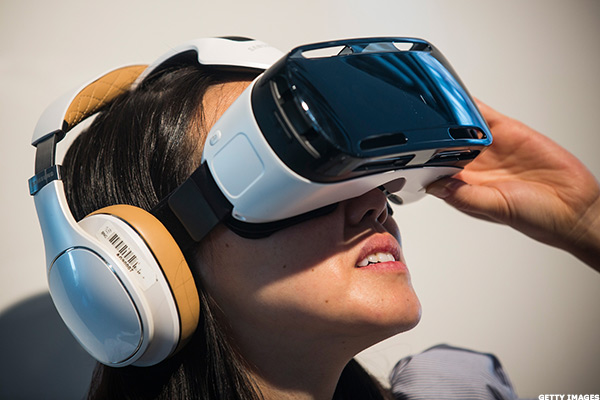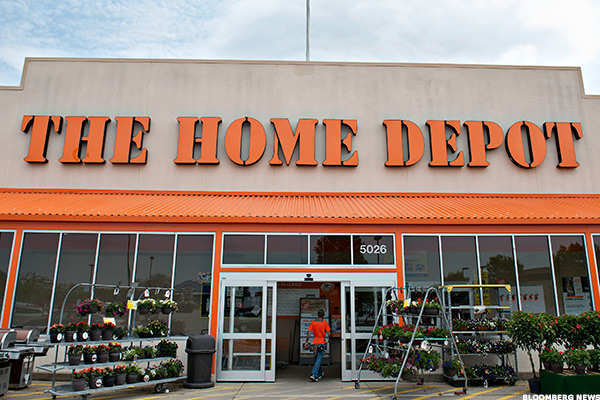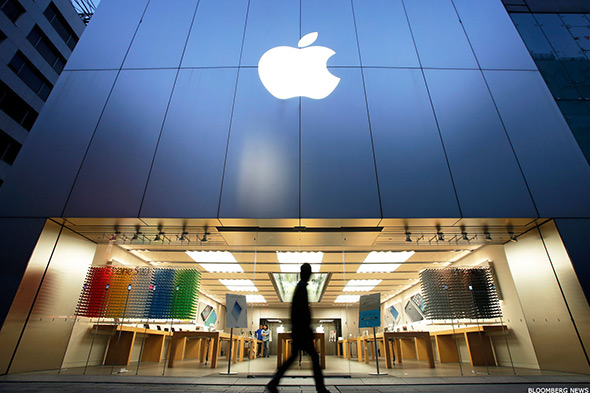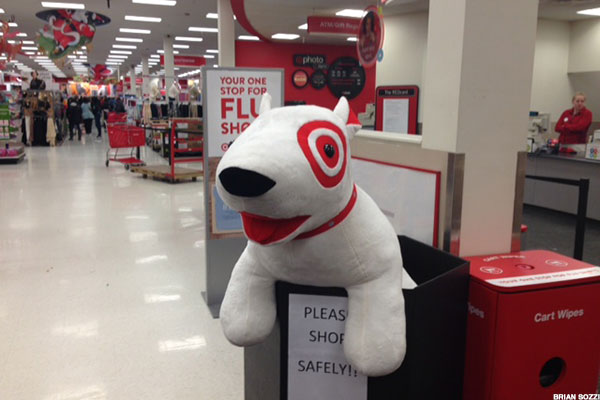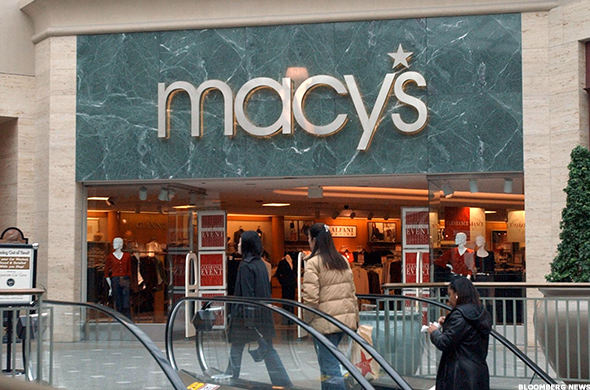Amazon is every traditional retailer's worst nightmare. The e-commerce giant is slowly but surely gobbling up market share and turning consumers into frequent online shoppers.
This past week, Amazon surprised Wall Street analysts with a
nice profit of 17 cents per share on revenue of $25.4 billion, up 23% year over year. And Wells Fargo analyst Matt Nemer recently estimated that Amazon's North American gross merchandise volume accounts for 36% of all retail dollar growth for the year (excluding vehicles, fuel and food/beverage). A scary figure for any non-Amazon retailer to see.
Amazon's
innovation in delivery and logistics plus its breadth of inventory have made it easier for consumers to choose e-commerce over brick and mortar, forcing physical retailers to get creative to keep consumers coming through the door.
"Retailers must infuse digital features into the store environment to exceed customer expectations, compete more effectively with online pure-play retailers and offer a better, more complete, shopping experience," said Ken Morris, principal at Boston Retail Partners.
Here are some of the best implementations we've seen.
1. Entertain Shoppers
Some retailers are trying to attract customers to their stores by offering relevant entertainment.
Bass Pro Shops and
Cabela's (CAB) , for example, have archery ranges and aquariums in their stores. This gets people in a store, and then once they're already there, they may pick up some products as well.
Other retailers go for a more technology-focused form of entertainment, offering virtual reality experiences in-store and interactive screens.
Tommy Hilfiger, a unit of
PVH Corp.
(PVH) , for instance, lets shoppers in some of its stores watch a virtual reality version of its fall catwalk show.
VF Corp's (VFC) North Face has a virtual reality setup in its New York store that lets consumers experience things like hiking, climbing or base-jumping.
"The most successful retailers will seamlessly blend the physical with the digital in the future store," Boston Retail Partners principal Ken Morris said.
2. Order Online, Pick Up In-Store
One easy way to get customers into a store is by offering free delivery to the store if a customer orders online, but picks up the products at a store. The customer will be happy to have free shipping, and perhaps while the customer is in a store he or she will decide to browse some of the other products in stock.
Some of the many retailers now offering this service include
Lowe's (LOW) ,
Home Depot (HD - Get Report) and
Toys R Us.
A similar feature is Gap's "Reserve in Store" service, which also lets consumers check online to make sure a store will have a product in the size and color they want before actually going to the store.
Many retailers also offer the flipside of shopping in-store and having a product delivered to a customer's house. That tends to be most helpful with heavier products such as a large TV. This essentially turns a physical store into more of a showroom, letting customers see a product in real life, interact with associates and then get it delivered to their home.
It's all about flexibility and letting the customer do what he or she wants.
3. Offering Services on Top of Products
The Apple stores have got this one down pat. They offer free in-store workshops on different topics such as Apple Watch Basics and iPhone Photography. They also have their famous Genius Bar with experts that can help with any issues you may be having with your Apple products. And once they've got you in their store for a workshop or a Genius Bar visit, it's easier to sell you their products. (It doesn't hurt that their stores are aesthetically pleasing, too.)
Best Buy took a page from Apple's playbook and introduced its own Geek Squad to help consumers with any issues they may be having with their gadgets. For the holiday season, Best Buy is offering free Geek Squad setup for anyone who receives a gift from Best Buy. Best Buy will also host robot and virtual reality demos in its stores during the holidays. Both are great excuses to get customers into physical stores.
4. Upgrade the Store Visit With an App
A number of retailers have created helpful in-store features in their apps that add value to any visit. One example is
Home Depot's app, which uses geolocation to help customers navigate the store. It'll tell them if a product is in stock and where it's located in the store. It also lets customers scan a product to find out more information about it.
Target also has really useful in-store features in
its apps. It offers an interactive store map, which will showcase trending items on Pinterest. It also lets customers create a shopping list to help them expedite their shopping visit. In addition, Target has a separate app called
Cartwheel that gives customers discounts as they shop.
5. Reward Their Loyalty
Starbucks (SBUX) is the classic example of loyalty done right. Their My Starbucks Rewards program reels in customers who want to collect as many stars as they can to get free drinks and food. Granted, Starbucks isn't directly competing with Amazon, but they successfully convince consumers to forgo buying K-cups and other coffee products on Amazon and instead make a daily trip to their nearby Starbucks.
Other physical retailers try to attract customers with loyalty programs.
7-Eleven,
Neiman Marcus,
Sephora and
Bloomingdale's, which is owned by
Macy's (M) , are just a few examples of the many retailers that try to reward customers for shopping with them.
6. Personalize With Beacons
Several retailers have been testing out beacons, which let them ping customers when they are near certain products or aisles. In August, Target started testing beacon technology to bring an item to the top of a customer's mobile shopping list when he or she was close to that item. Last September, Macy's started testing beacon technology to ping customers with any deals or discounts happening that day.
American Eagle Outfitters (AEO) ,
J.C. Penney (JCP) and
Best Buy have also tried out beacons. Beacons are still a bit controversial, though, since some customers are averse to having a store know too much about them and be able to track them throughout a store. For that reason,
Nordstrom pulled the plug on a beacon trial two years ago. But some retailers still have faith that beacons and geolocation can offer a store experience that will help them fight Amazon.
7. Arm Store Associates With Devices
Many stores are giving their associates tablets and smartphones so that they can better assist customers.
Burberry (BURBY) , Target and
Apple are examples of retailers that have done this.
In some cases, the tablets can enable associates to search through a customer's purchase history and preferences, if they have that information saved, so they can better guide the customer. The tablets can also let customers check out from any place in the store, getting rid of the annoying lines at cash registers.



